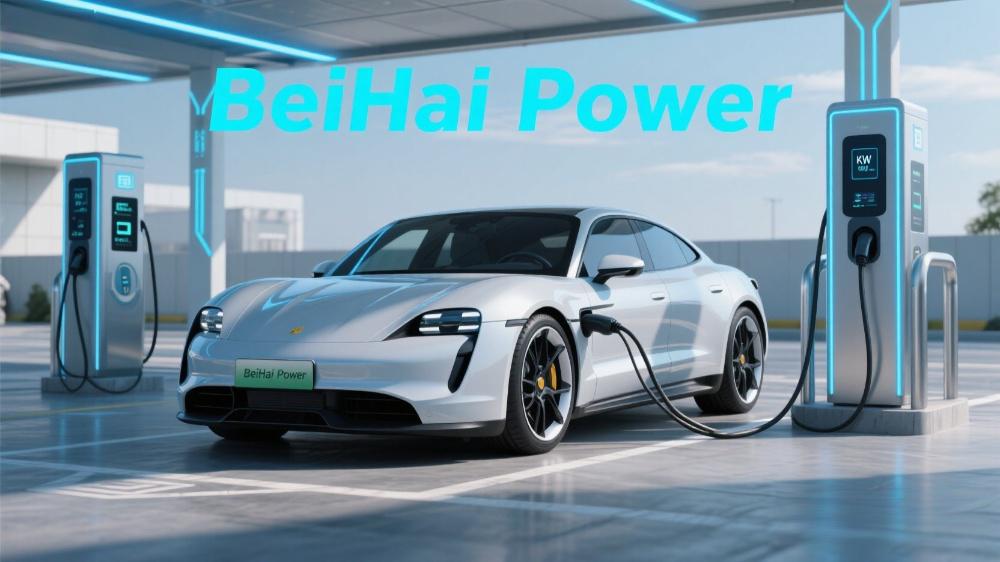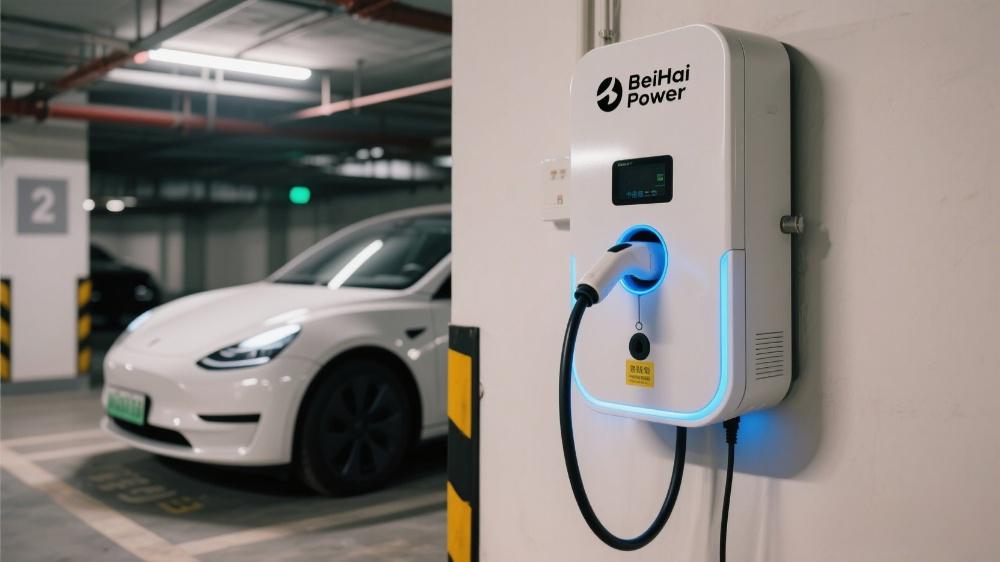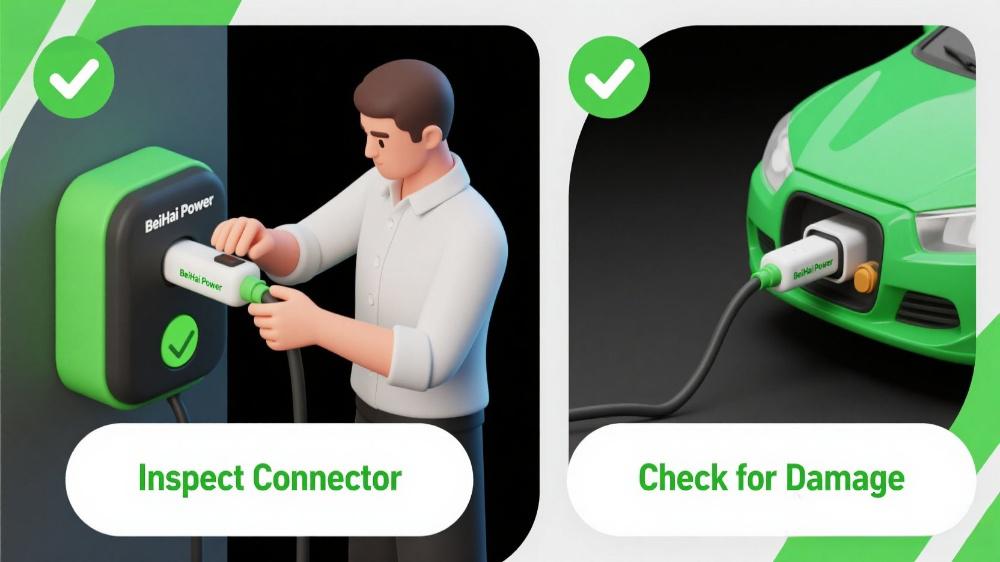At a time when new energy vehicles are becoming more and more popular, charging piles are like the “energy supply station” of cars, and their importance is self-evident. Today, let’s systematically popularize the relevant knowledge of new energy charging piles.1. Types of charging piles
1. Divide by charging speed
DC fast charging: DC fast charging can directly charge the battery of electric vehicles, and the charging power is generally larger, with common ones being 40kW, 60kW, 80kw, 120kW, 180kW, or even higher. For example, an electric vehicle with a cruising range of 400 kilometers can supplement about 200 kilometers of battery life in about 30 minutes on the DC fast charging station, which greatly saves charging time and is suitable for quick energy replenishment during long-distance driving.

AC slow charging: AC slow charging is to convert AC power into DC power through the on-board charger and then charge the battery, the power is relatively small, common are 3.5kW, 7kW, 11kw, etc. Taking a 7kW Wall-Mounted Charging Pile as an example, it takes about 7 – 8 hours to fully charge an electric car with 50 kWh. Although the charging speed is slow, it is suitable for charging when parking at night without affecting daily use.
2. According to the installation position
Public charging piles: usually installed in public places such as public parking lots and highway service areas for social vehicles. The advantage of public charging piles is that they have a wide range of coverage and can meet the charging needs of different locations, but there may be queues during peak usage hours.
Private charging piles: generally installed in personal parking spaces, only for the owner’s own use, with high privacy and convenience. However, the installation of private charging piles requires certain conditions, such as having a fixed parking space and requiring property consent.

2. The charging principle of the charging pile
1. AC charging pile: The AC EV Charger itself does not directly charge the battery, but connects the mains power to the EV charging pile, transmits it to the on-board charger of the electric vehicle through the cable, and then converts the AC power into DC power, and manages the battery charging according to the instructions of the battery management system (BMS).
2. DC charging pile: The DC fast charging pile integrates rectifiers and other equipment, which can directly convert mains power into DC power and directly charge the battery according to the charging parameters provided by the BMS. DC ev charging Station can dynamically adjust the charging current and voltage based on the real-time status of the battery to achieve fast charging.3. Precautions for the use of charging piles
1. Check before charging: Before using the EV car charger, check whether the appearance of the Electric Vehicle Charging Station is intact and whether the ev charging gun head is damaged or deformed. At the same time, confirm whether the vehicle’s charging interface is clean and dry.

2. Standardized operation: follow the operation instructions of the Electric car charging pile to insert the gun, swipe the card or scan the code to start charging. During the charging process, do not pull the gun at will to avoid damage to the device or safety accidents.
3. Charging environment: Avoid charging in harsh environments such as high temperature, humidity, flammable and explosive. If there is water in the area where the Electric Car Charger Station is located, the water should be removed before charging.
In short, understanding this knowledge of new energy charging stations can make us more comfortable when using charging piles and give full play to the advantages of new energy vehicles. With the continuous development of technology, it is believed that smart charging stations will become more and more popular in the future, and the charging experience will become better and better.
Media Contact
Company Name: Beihai Composite Materials Co., Ltd.
Email: Send Email
Country: China
Website: https://www.beihaipower.com/
